Details of the Target
General Information of Target
| Target ID | LDTP09031 | |||||
|---|---|---|---|---|---|---|
| Target Name | Protein O-linked-mannose beta-1,4-N-acetylglucosaminyltransferase 2 (POMGNT2) | |||||
| Gene Name | POMGNT2 | |||||
| Gene ID | 84892 | |||||
| Synonyms |
AGO61; C3orf39; EOGTL; GTDC2; Protein O-linked-mannose beta-1,4-N-acetylglucosaminyltransferase 2; POMGnT2; EC 2.4.1.312; Extracellular O-linked N-acetylglucosamine transferase-like; Glycosyltransferase-like domain-containing protein 2
|
|||||
| 3D Structure | ||||||
| Sequence |
MHLSAVFNALLVSVLAAVLWKHVRLREHAATLEEELALSRQATEPAPALRIDYPKALQIL
MEGGTHMVCTGRTHTDRICRFKWLCYSNEAEEFIFFHGNTSVMLPNLGSRRFQPALLDLS TVEDHNTQYFNFVELPAAALRFMPKPVFVPDVALIANRFNPDNLMHVFHDDLLPLFYTLR QFPGLAHEARLFFMEGWGEGAHFDLYKLLSPKQPLLRAQLKTLGRLLCFSHAFVGLSKIT TWYQYGFVQPQGPKANILVSGNEIRQFARFMTEKLNVSHTGVPLGEEYILVFSRTQNRLI LNEAELLLALAQEFQMKTVTVSLEDHTFADVVRLVSNASMLVSMHGAQLVTTLFLPRGAT VVELFPYAVNPDHYTPYKTLAMLPGMDLQYVAWRNMMPENTVTHPERPWDQGGITHLDRA EQARILQSREVPRHLCCRNPEWLFRIYQDTKVDIPSLIQTIRRVVKGRPGPRKQKWTVGL YPGKVREARCQASVHGASEARLTVSWQIPWNLKYLKVREVKYEVWLQEQGENTYVPYILA LQNHTFTENIKPFTTYLVWVRCIFNKILLGPFADVLVCNT |
|||||
| Target Bioclass |
Enzyme
|
|||||
| Family |
Glycosyltransferase 61 family
|
|||||
| Subcellular location |
Endoplasmic reticulum membrane
|
|||||
| Function |
O-linked mannose beta-1,4-N-acetylglucosaminyltransferase that transfers UDP-N-acetyl-D-glucosamine to the 4-position of the mannose to generate N-acetyl-D-glucosamine-beta-1,4-O-D-mannosylprotein. Involved in the biosynthesis of the phosphorylated O-mannosyl trisaccharide (N-acetylgalactosamine-beta-3-N-acetylglucosamine-beta-4-(phosphate-6-)mannose), a carbohydrate structure present in alpha-dystroglycan (DAG1), which is required for binding laminin G-like domain-containing extracellular proteins with high affinity.
|
|||||
| Uniprot ID | ||||||
| Ensemble ID | ||||||
| HGNC ID | ||||||
Probe(s) Labeling This Target
ABPP Probe
| Probe name | Structure | Binding Site(Ratio) | Interaction ID | Ref | |
|---|---|---|---|---|---|
|
DBIA Probe Info |
 |
C490(1.87) | LDD2253 | [1] | |
|
IA-alkyne Probe Info |
 |
N.A. | LDD0166 | [2] | |
|
NAIA_5 Probe Info |
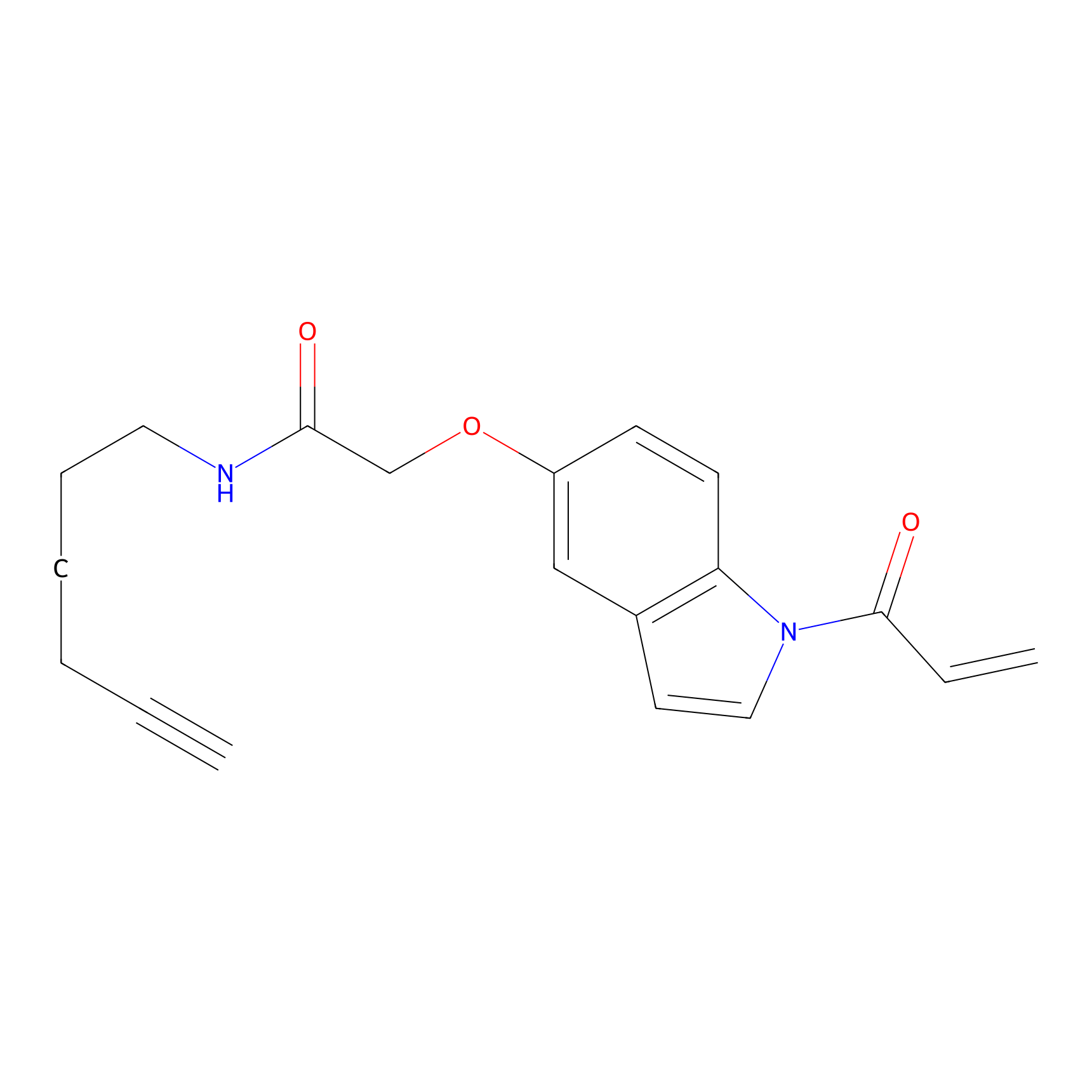 |
N.A. | LDD2223 | [3] | |
PAL-AfBPP Probe
| Probe name | Structure | Binding Site(Ratio) | Interaction ID | Ref | |
|---|---|---|---|---|---|
|
C002 Probe Info |
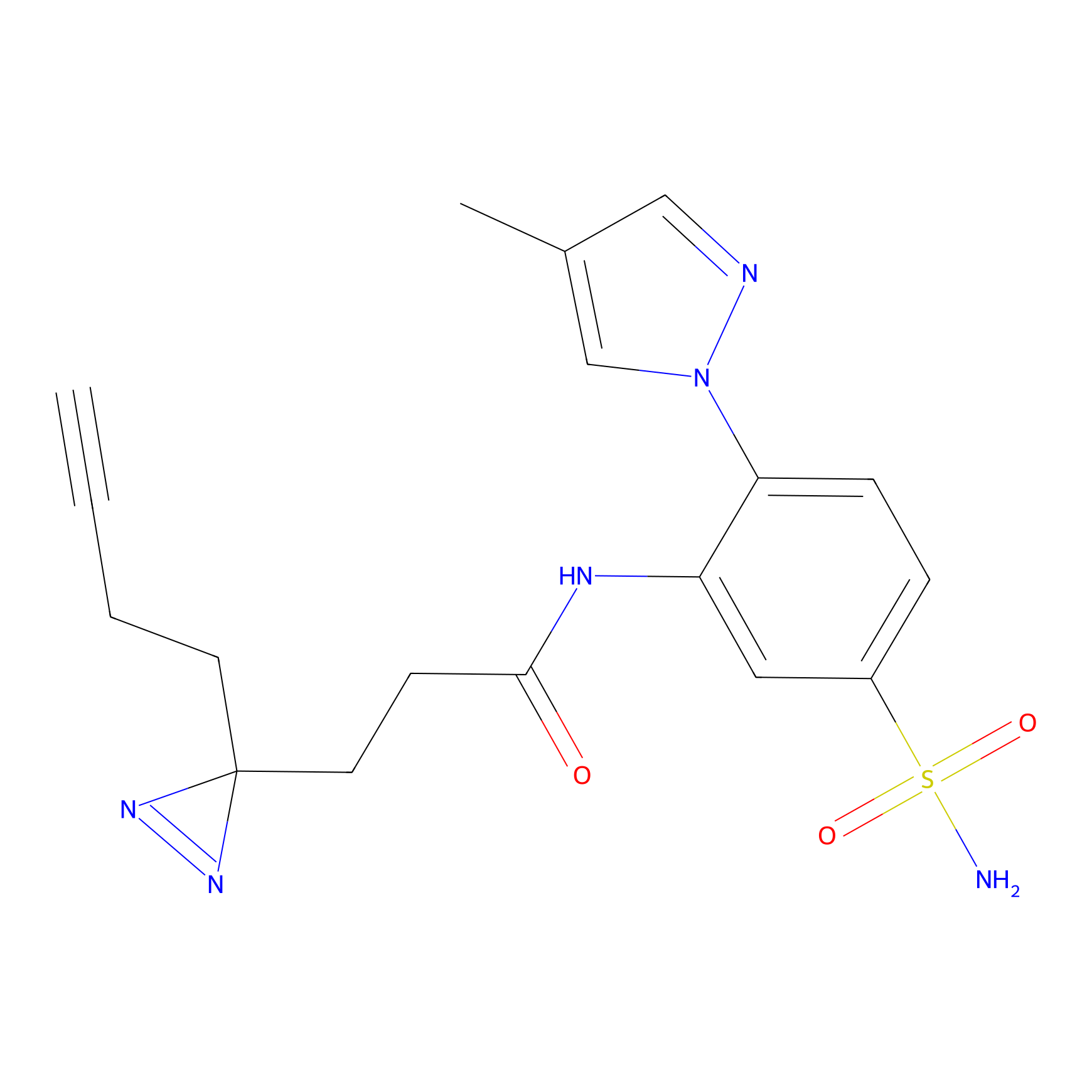 |
28.64 | LDD1712 | [4] | |
|
C004 Probe Info |
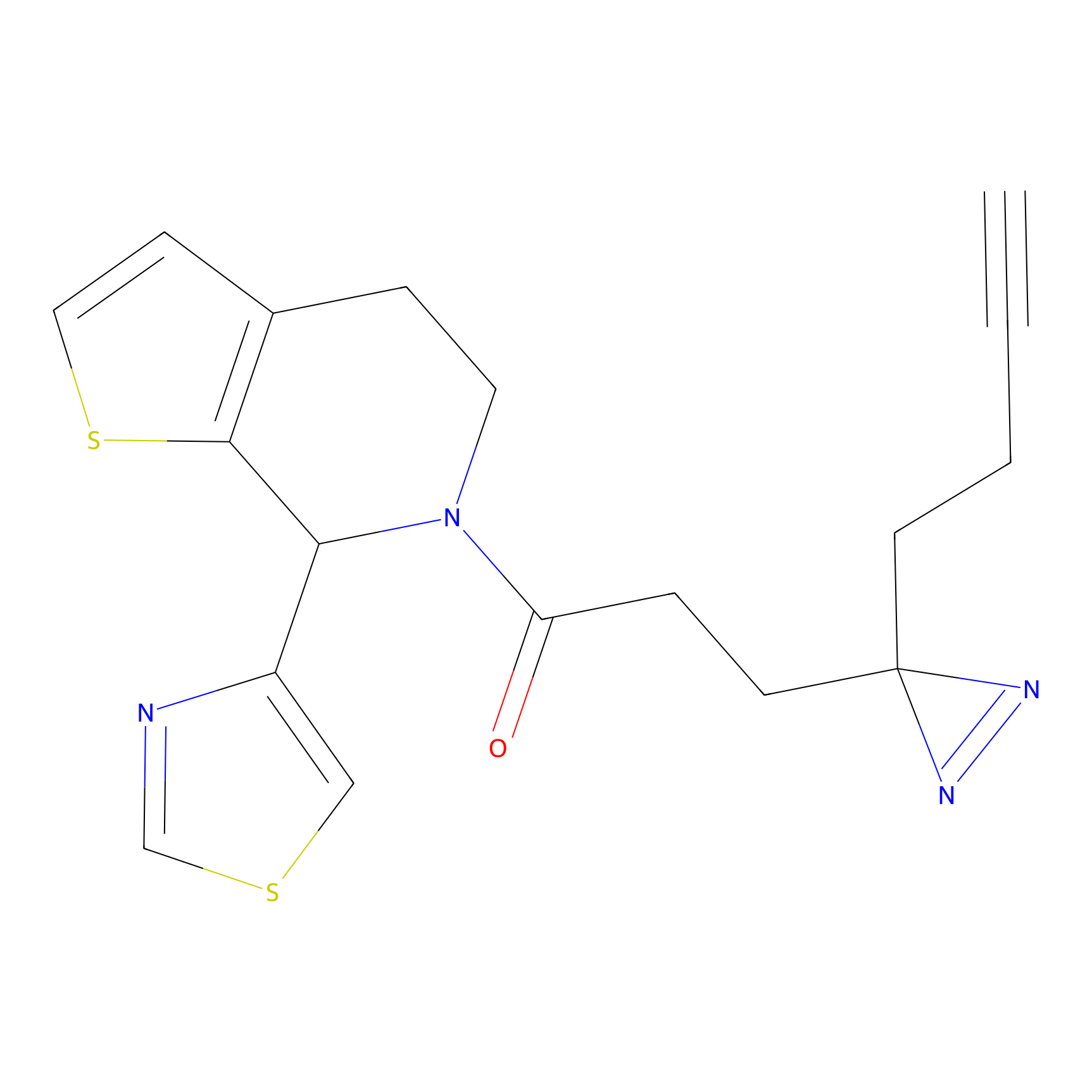 |
8.51 | LDD1714 | [4] | |
|
C017 Probe Info |
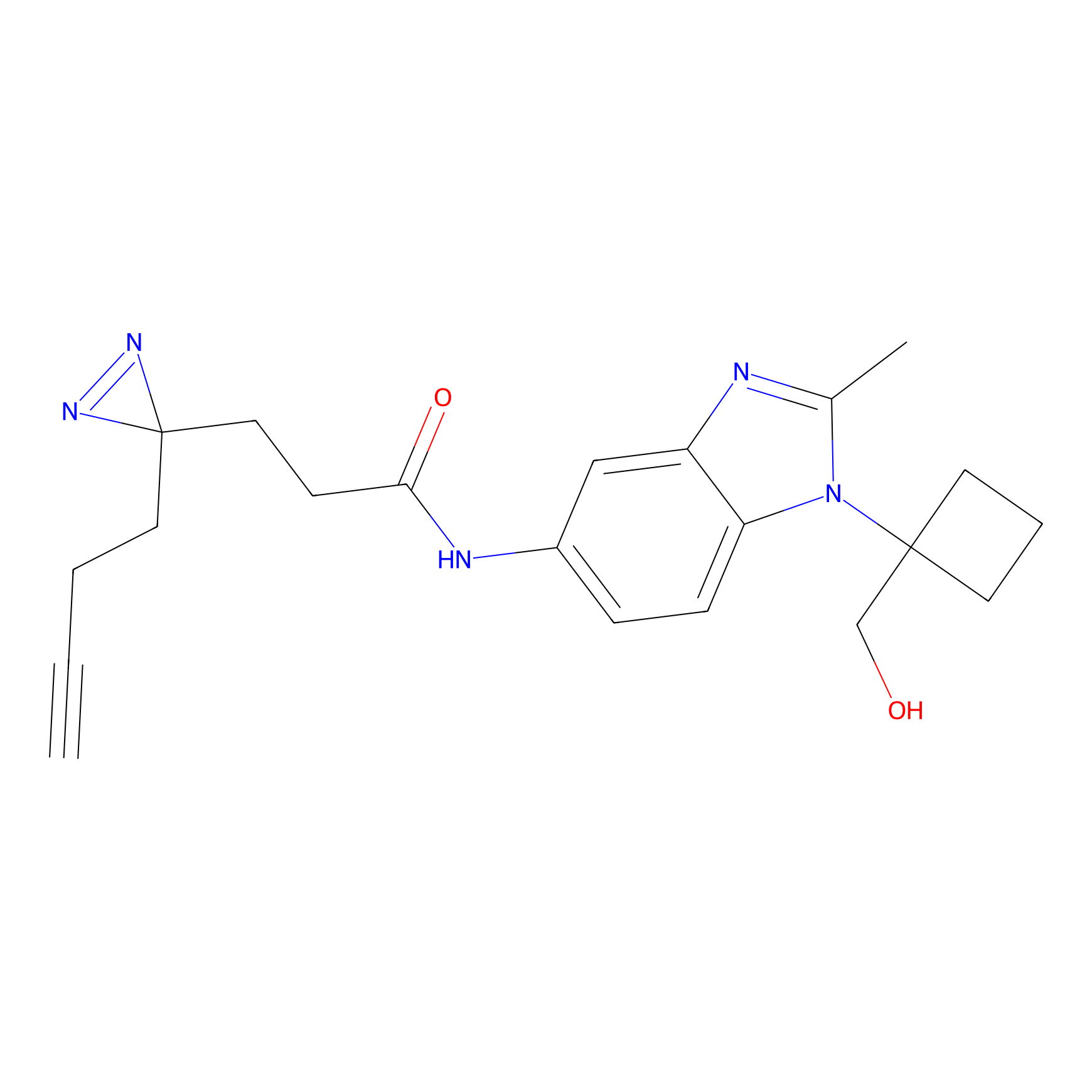 |
11.00 | LDD1725 | [4] | |
|
C055 Probe Info |
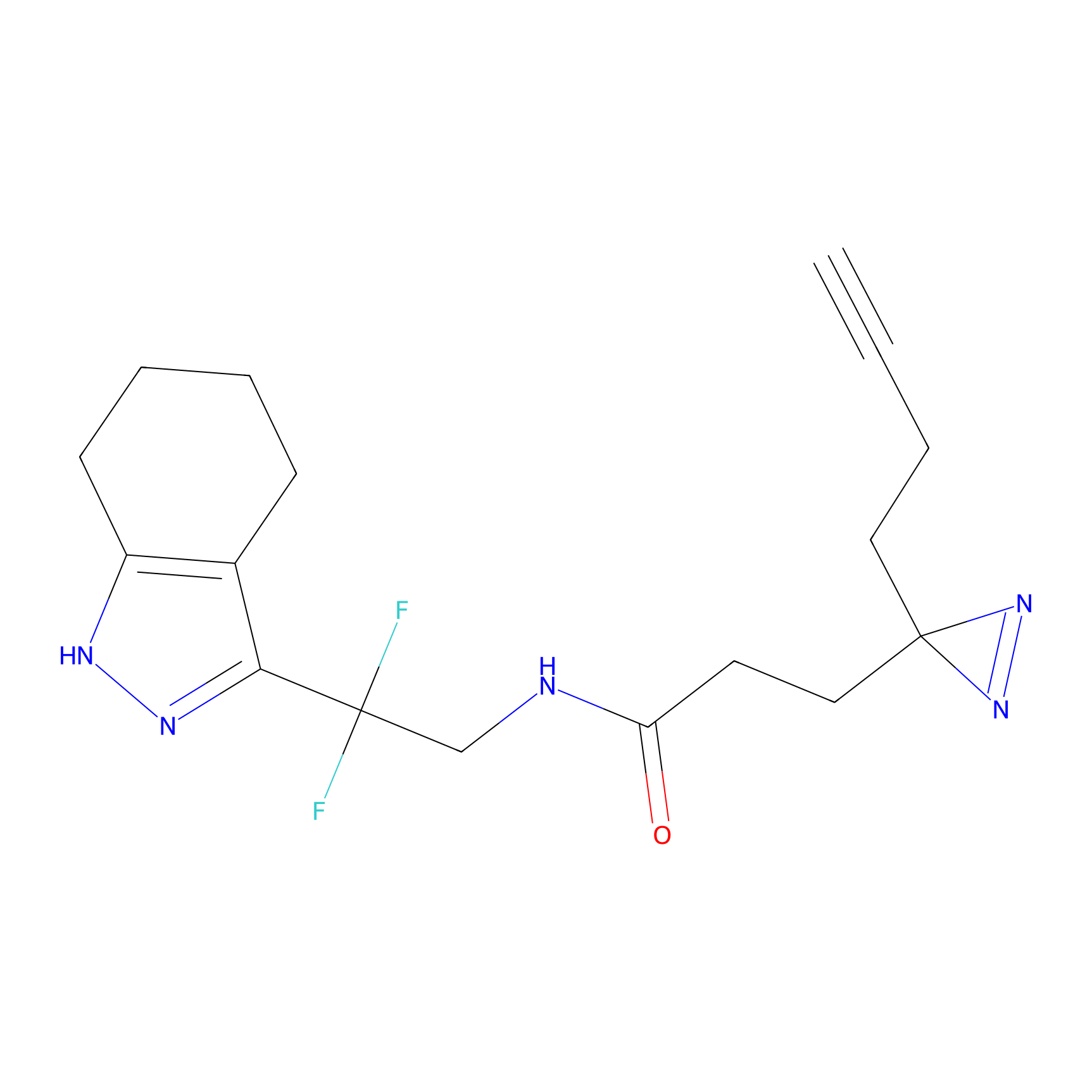 |
18.51 | LDD1752 | [4] | |
|
C056 Probe Info |
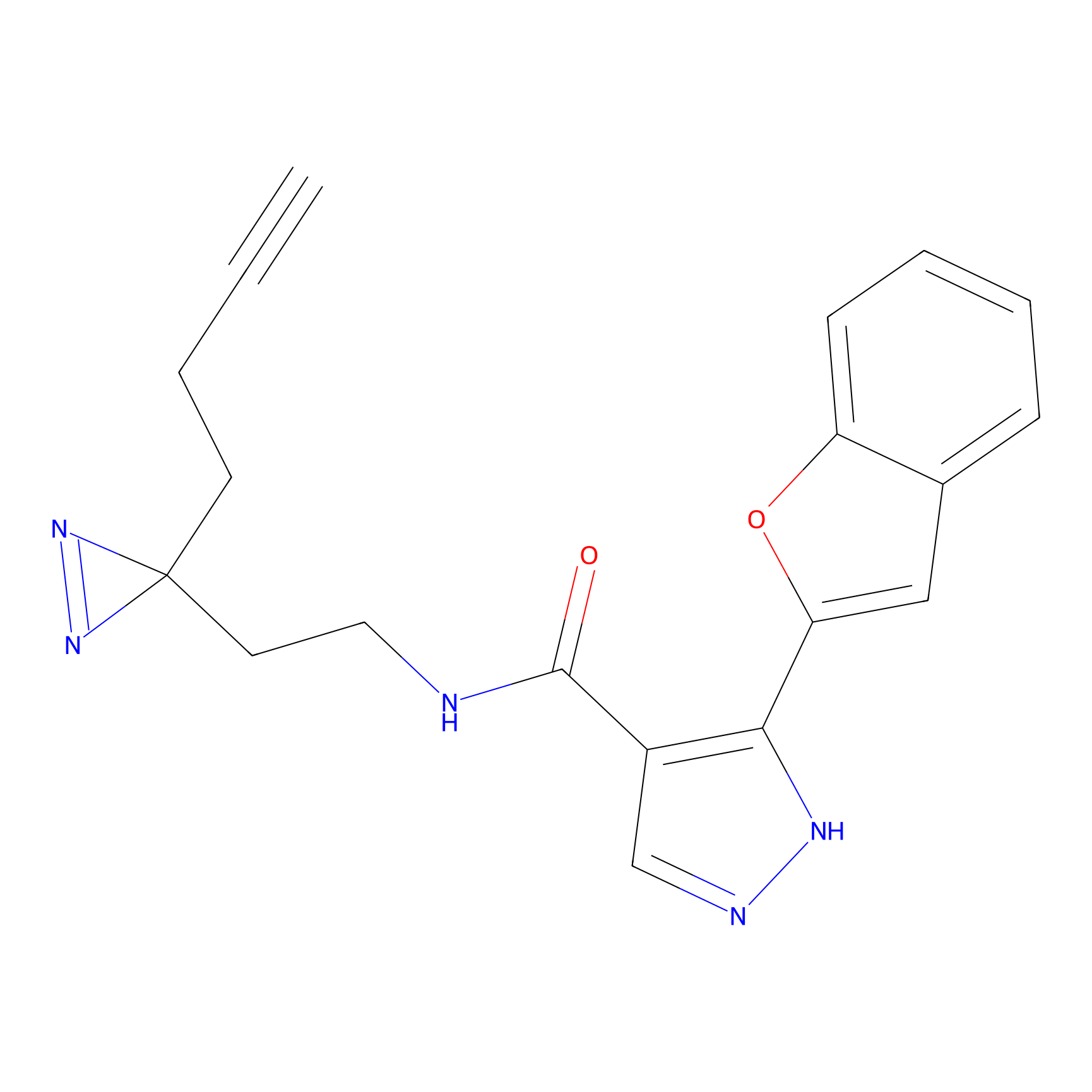 |
23.43 | LDD1753 | [4] | |
|
C228 Probe Info |
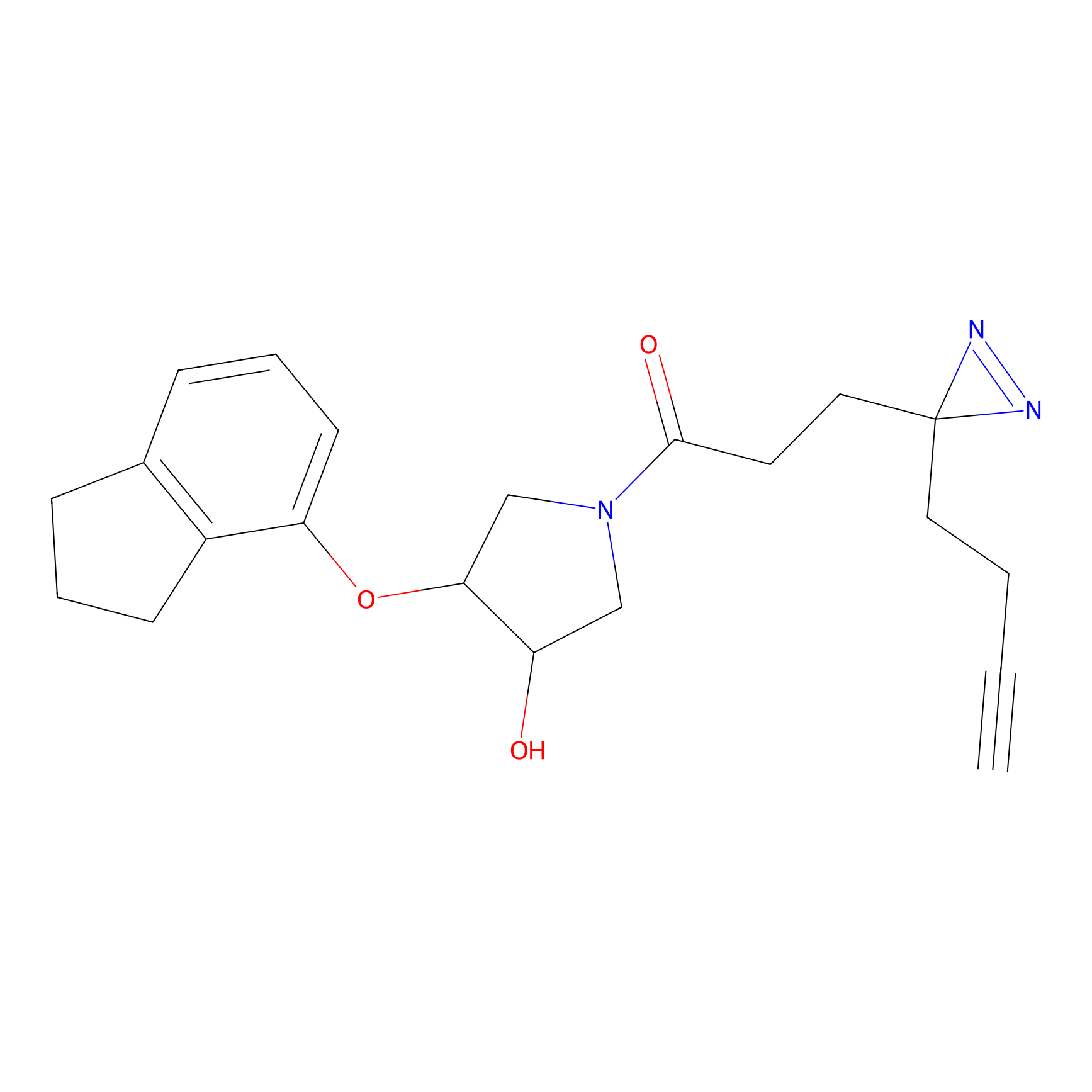 |
18.64 | LDD1901 | [4] | |
|
C388 Probe Info |
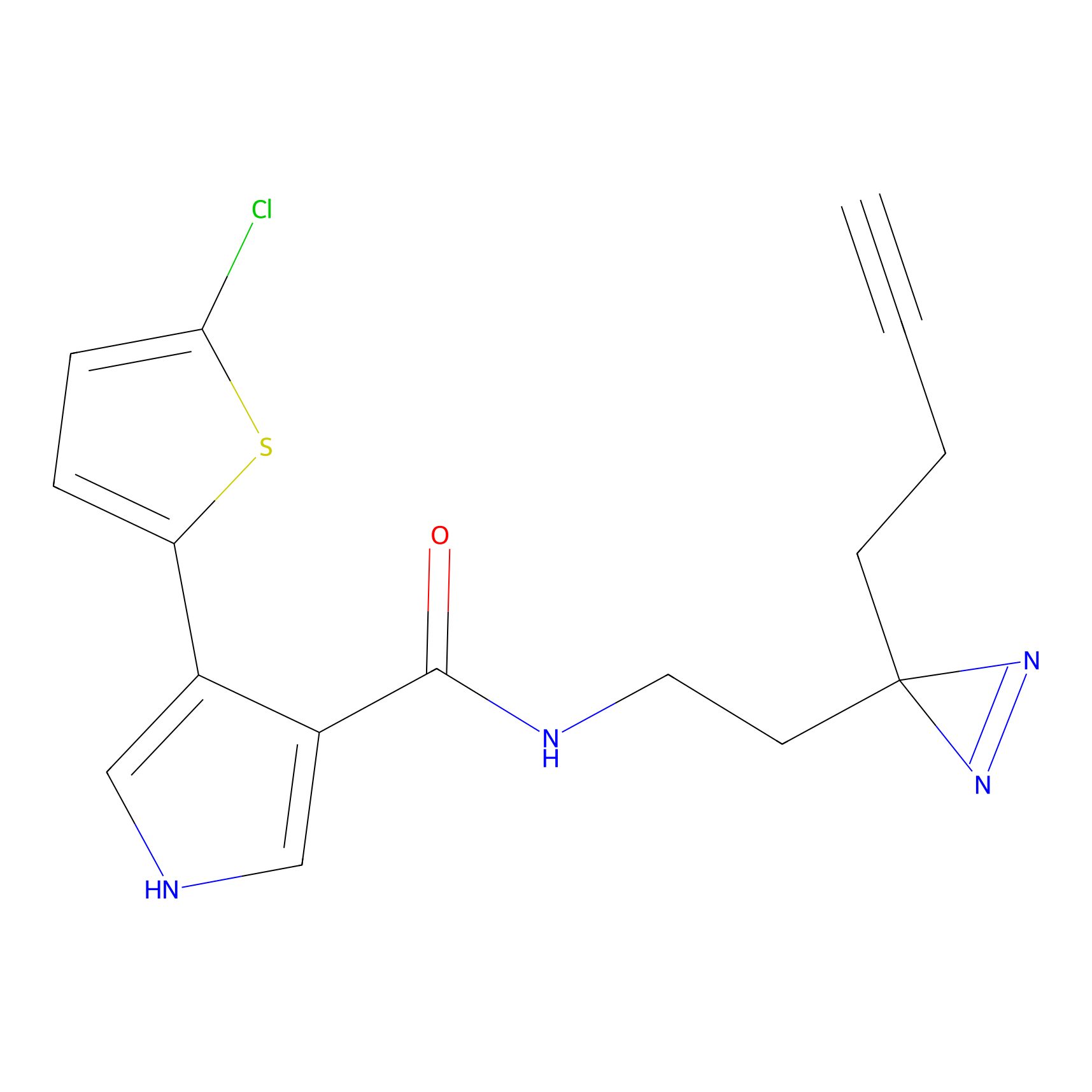 |
53.08 | LDD2047 | [4] | |
|
C429 Probe Info |
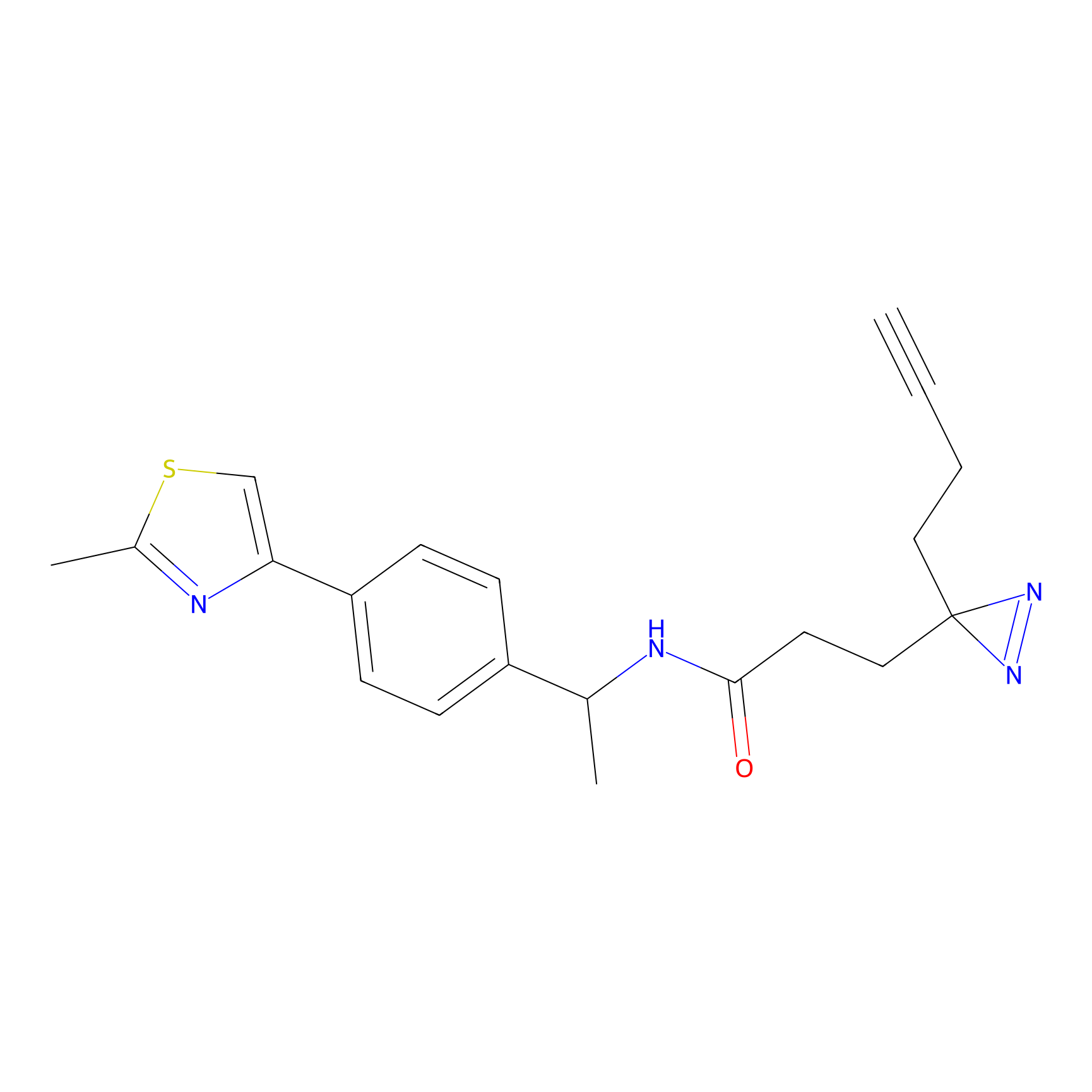 |
13.09 | LDD2084 | [4] | |
|
C431 Probe Info |
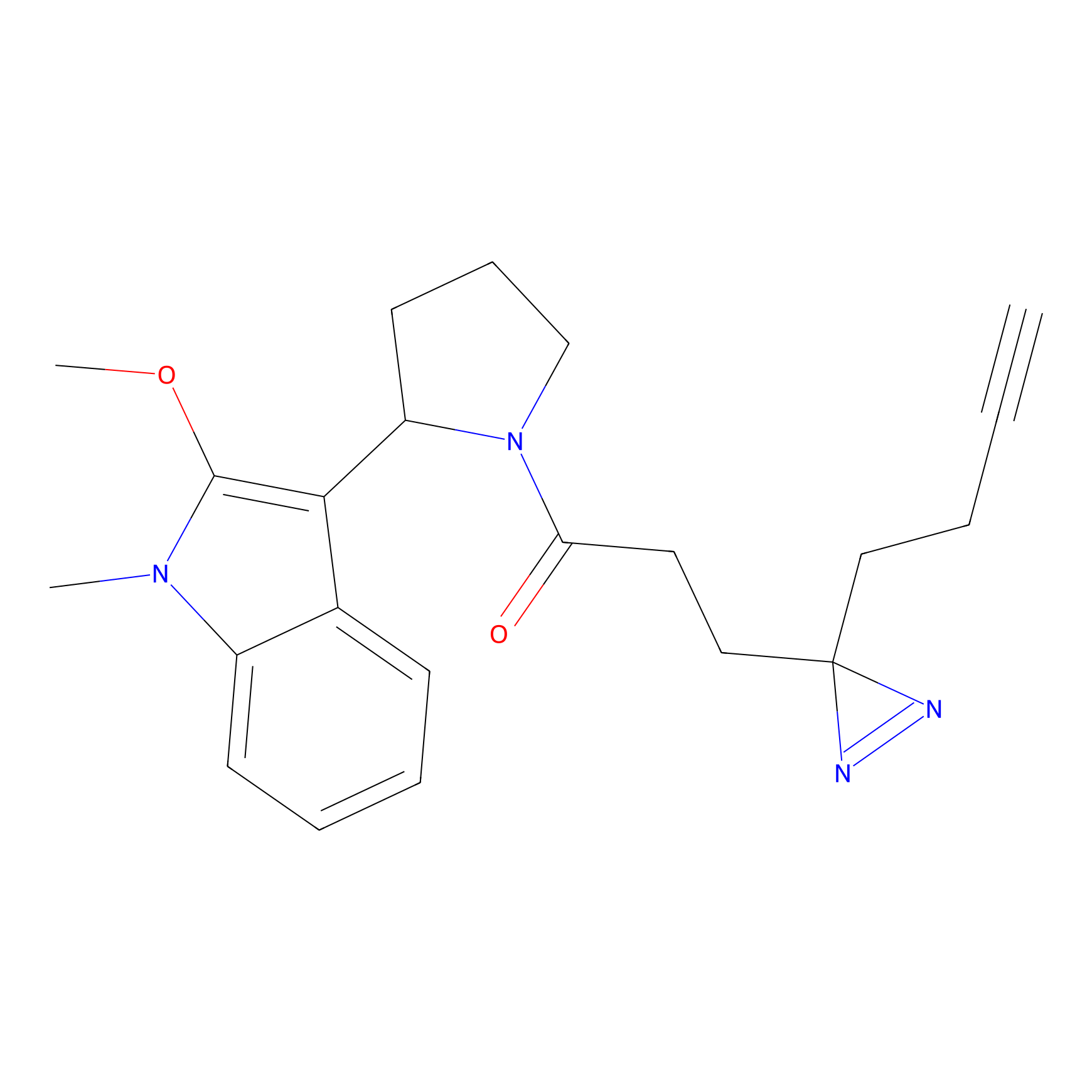 |
14.52 | LDD2086 | [4] | |
|
OEA-DA Probe Info |
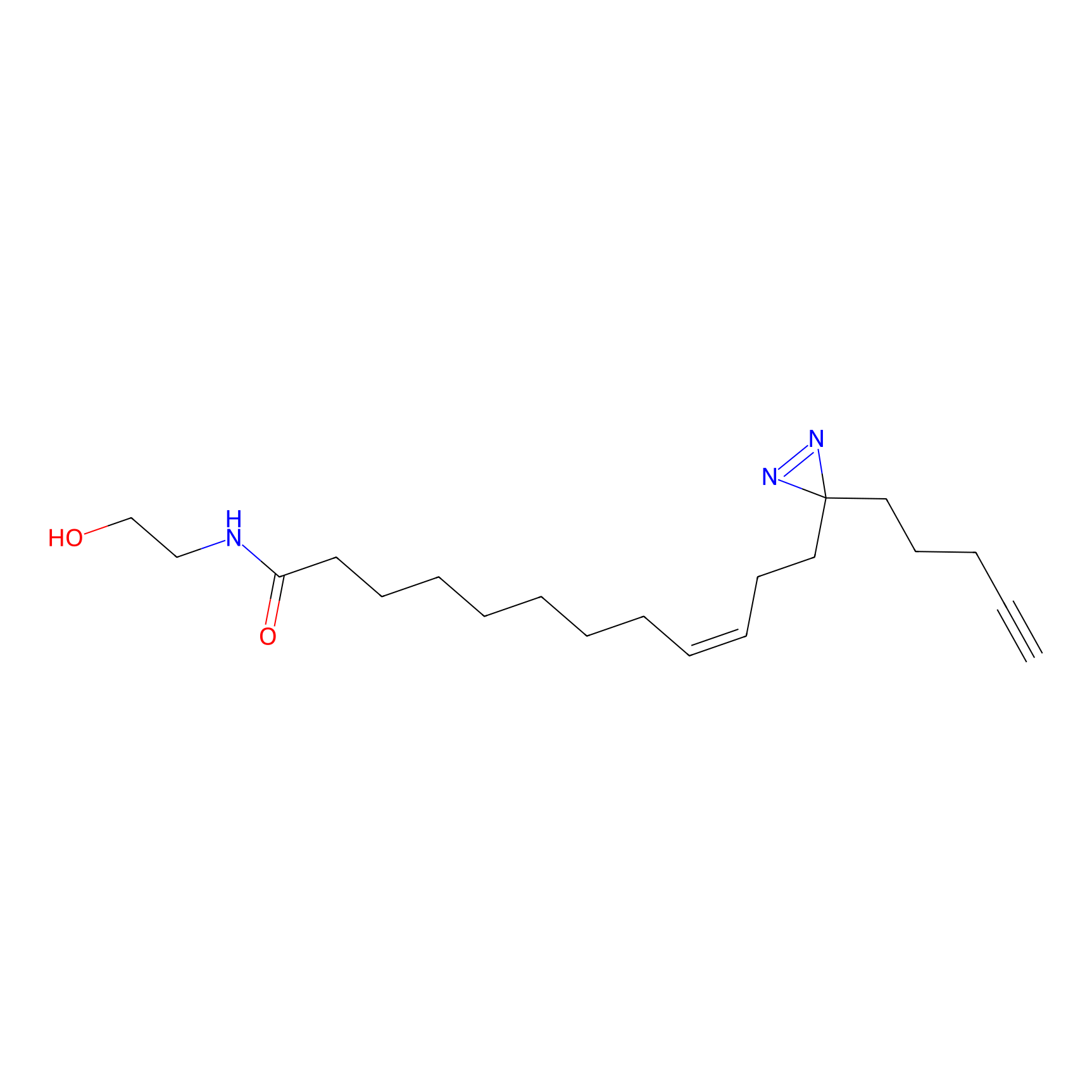 |
20.00 | LDD0046 | [5] | |
Competitor(s) Related to This Target
The Interaction Atlas With This Target
References
